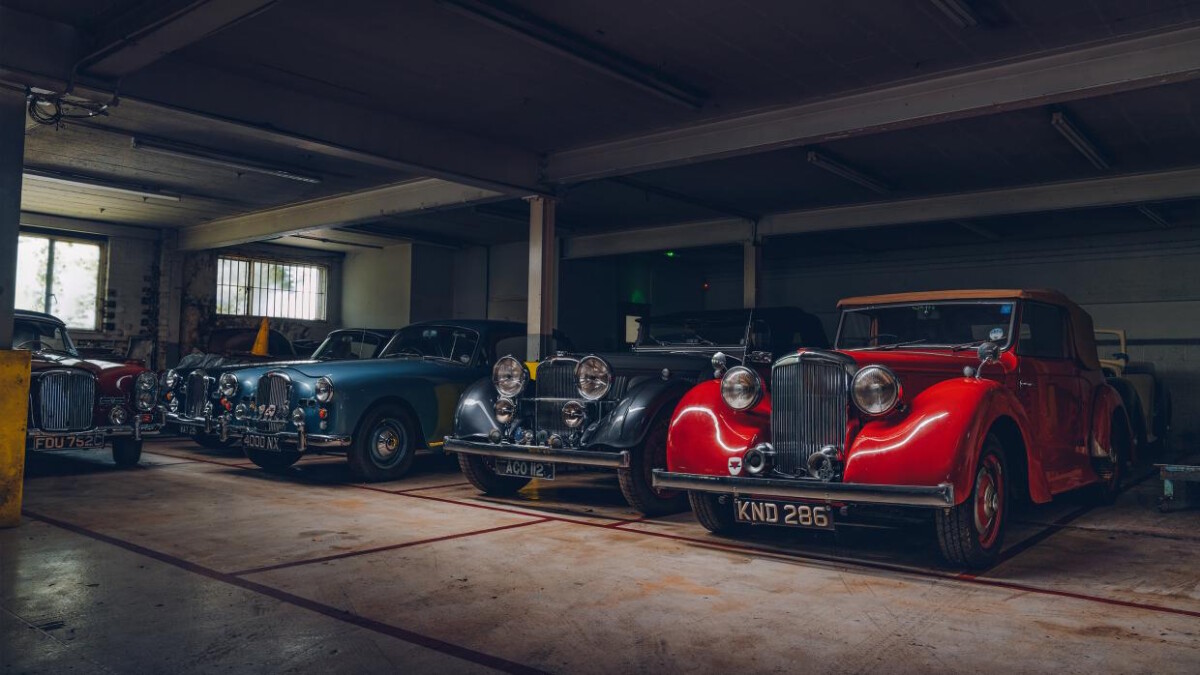Continuation models—a newfound phenomenon of the car industry and a prickly talking point for moneyed collectors. You may have noticed a load of them sprout out of factories in the last few years, normally for crazy prices. There’s been continuation Jaguar XKSS and lightweight E-Types, a Bentley Blower, Aston’s DB4 GT, Zagato, and even James Bond’s DB5 complete with gadgets. It doesn’t stop there: Range Rovers, Lister Knobblys, and Shelby Daytona Coupes have all been dragged out of the grave and sold as new-old cars.
But there’s one you might not have heard of, and a proper, bona fide continuation to boot: Alvis.
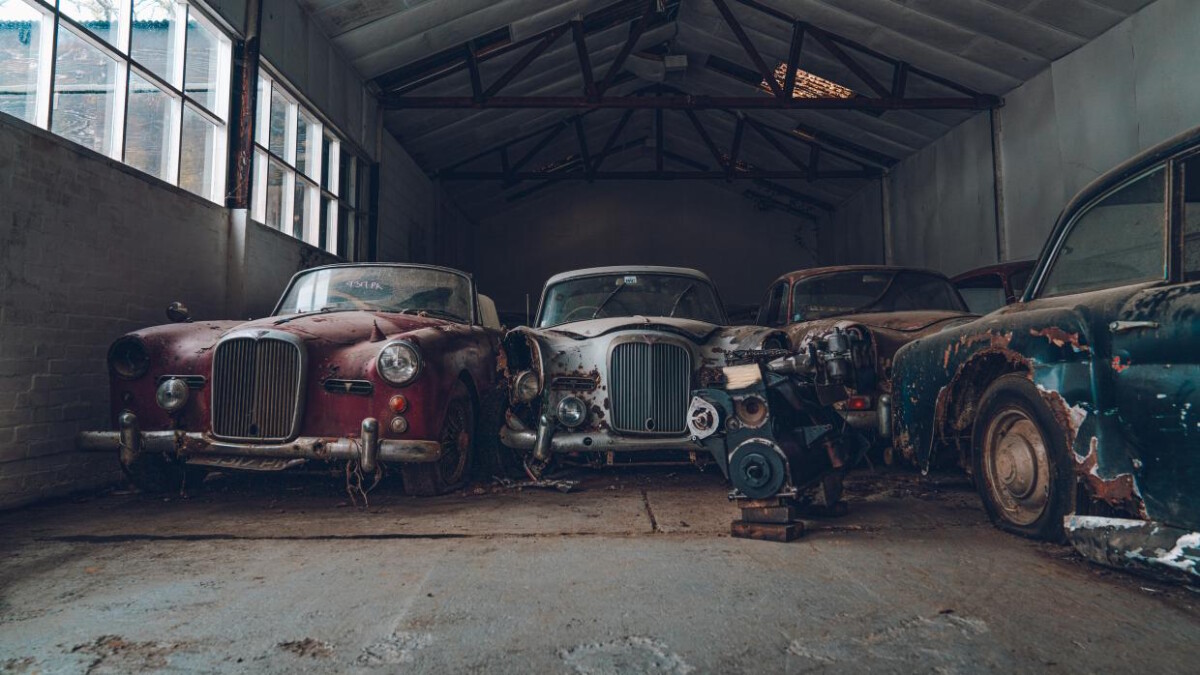
See, a continuation car is not a restoration or replica. They’re cars that have been taken out of the cryogenic freezer, built from scratch in accordance with the original standards and engineering plan, although some contain modern components. Some OEMs continue the original VIN sequencing right where it left off, some start again at zero. This irks some enthusiasts, especially as the cars are being sold for insane amounts of money.
But Alvis does continuations with added authenticity. Mainly because the people building the cars effectively went for a tea break in 1966 and didn’t come back until 2012. The parts and the methods they’re using to build the car haven’t changed in that time. It’s just some have laid dormant for over 50 years old. But they’re also technically brand-new. Get your head around that one.
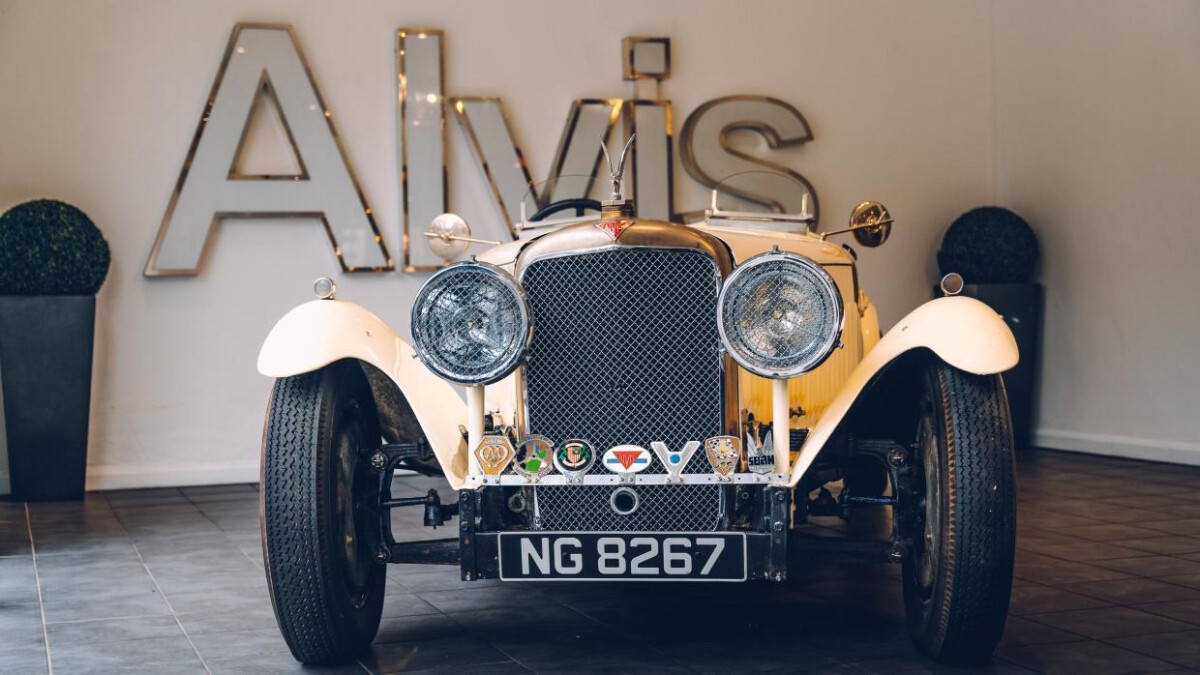
But who the heck is Alvis? No, it’s not a ropey Elvis Presley cover band. It’s a car company.
Why it’s not well-known is also quite surprising, as it was a manufacturing powerhouse, knocking out cars for the rich and famous as well as contributing to the war effort. But the company was also a breeding ground for engineering savants back in the days of black and white and World Wars.
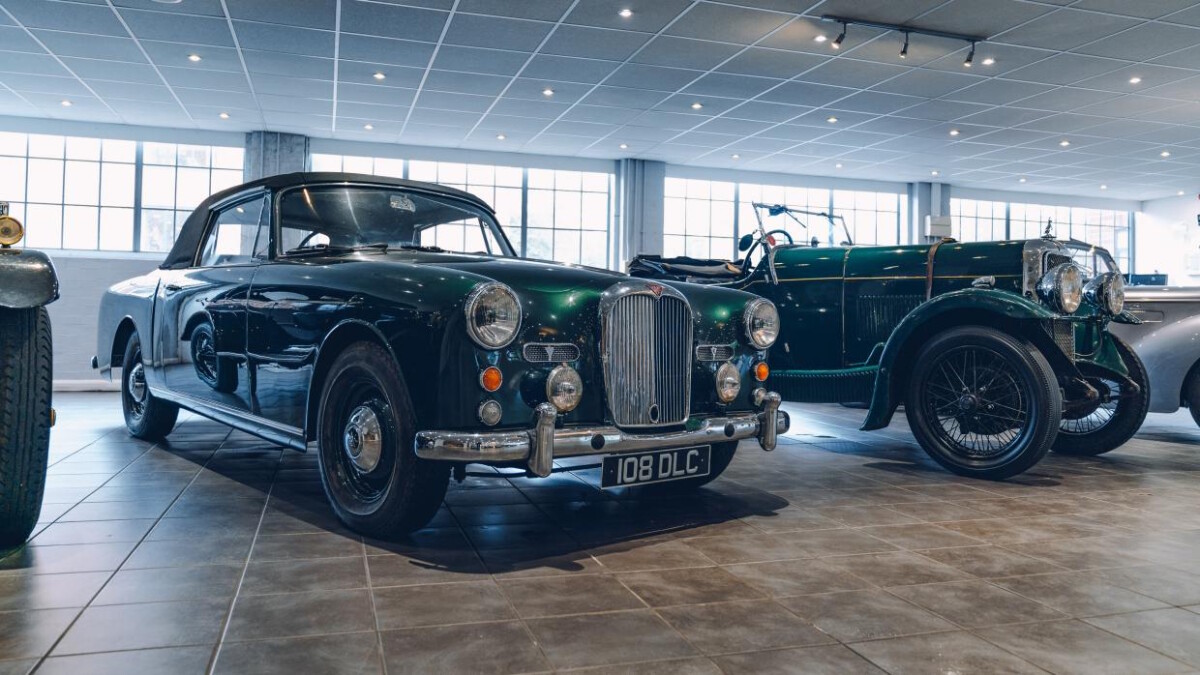
Time for a history lesson. Alvis was founded by T.G. John in 1919. Even though he sounds like a Victorian YouTuber, T.G. John was actually a naval architect and marine engineer from South Wales. He later teamed up with engine designer Geoffrey de Freville in 1922 to build cars.
But back then, the way you bought and built cars was very different from today. Instead of selecting a model and then lobbing on an ST, AMG, or S Line trim level like nowadays, when everyone was smoking pipes, you’d go to someone like Alvis for a chassis, then ask them to ship it to your desired coachbuilder to plonk a body on top.
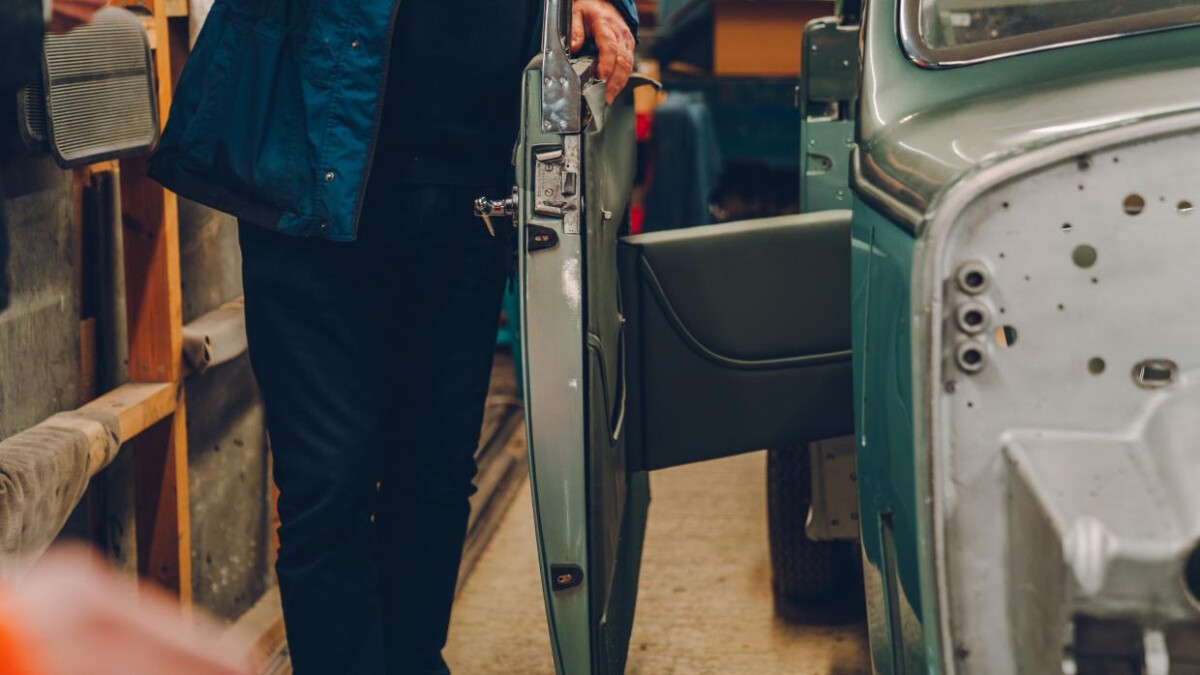
Bentley and Rolls-Royce were Alvis’ main competitors. As a frame of reference, in the ’30s, a house would cost £250. An Alvis could be up to £1,500—more than a Bugatti. Which is our kind of house-to-car ratio. They could also come with crazy parallel door hinges like in the image above.
Eat that, suicide doors.
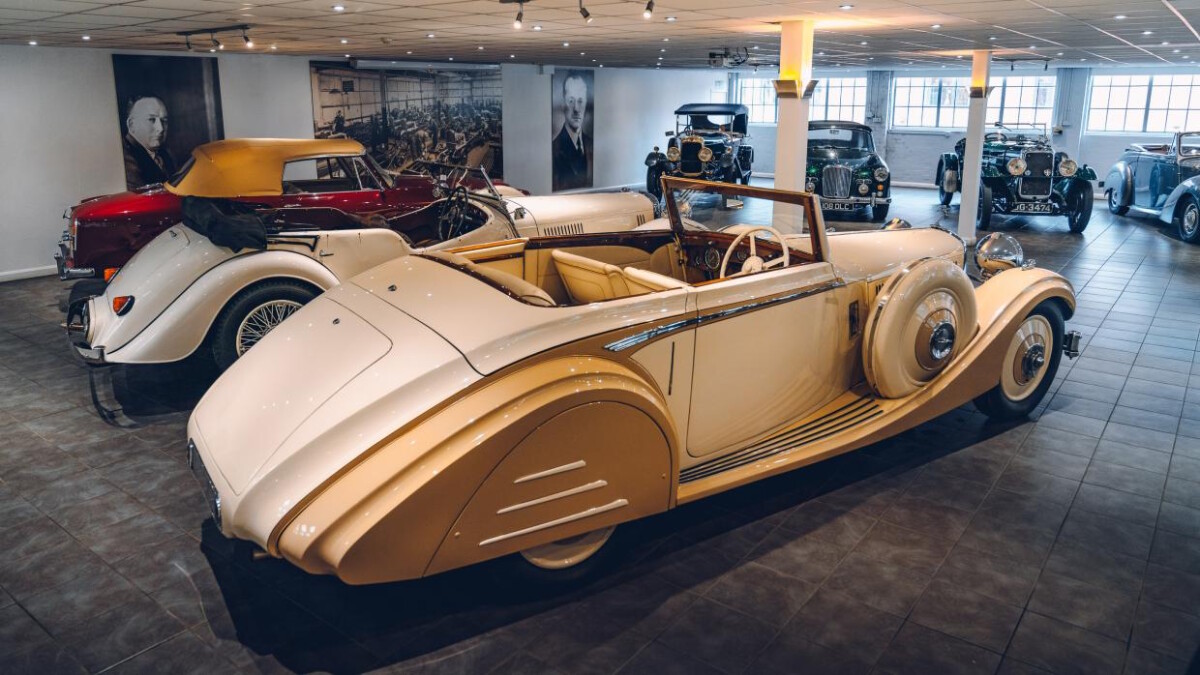
The coachwork dictated how each car would look, and the scope and range would change massively. You could get a four-door sports sedan from coachbuilders Charlesworth, a four-seater sports coupe or a four-door tourer by Cross & Ellis, but some cars were supplied in chassis form and carried bodies by coachbuilders such as Vanden Plas. Whereas Lancefield did all kind of bespoke and kooky designs, complete with crazy hinges, tech, and pull-out boots.
But cars being expensive new tech, the best way to market them was by proving their reliability. And there was only one way to do that: motorsport.
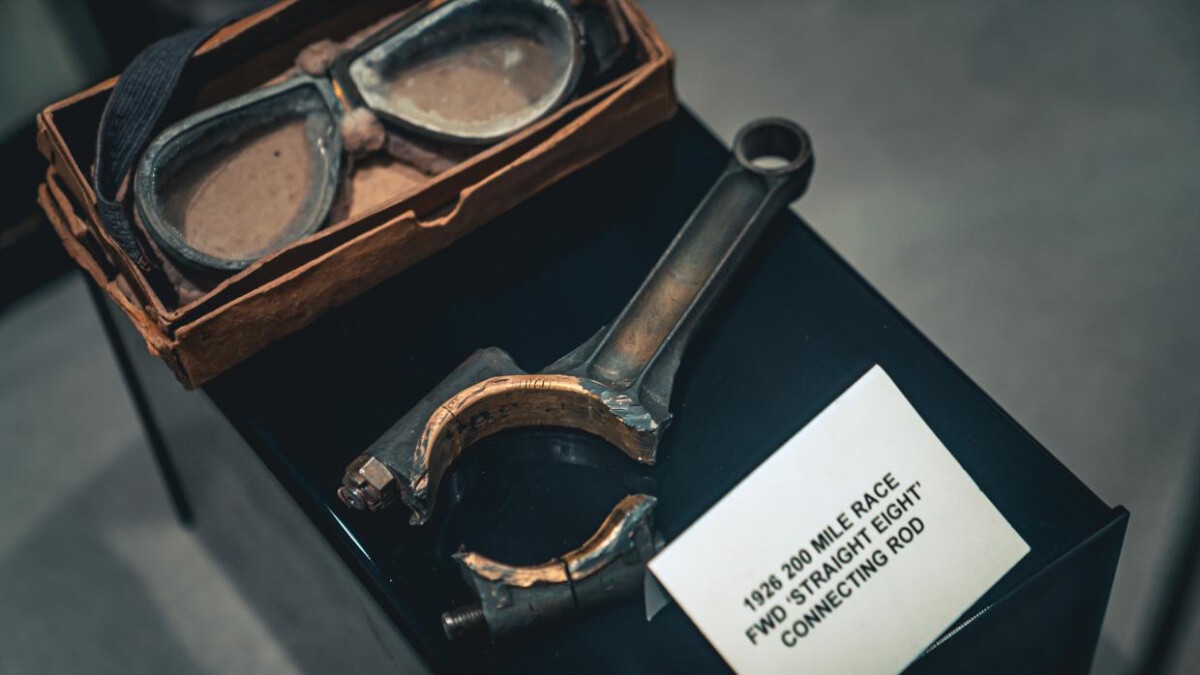
Alvis went into racing in 1923, and enjoyed success at Le Mans in 1928 with 1.5-liter cars coming first and second in their class and sixth and ninth overall to beat Bentley in the Performance Index. Oh, and they were front-wheel-drive—beating the Nissan GT-R LM Nismo Le Mans racer’s innovative layout by nearly 90 years.
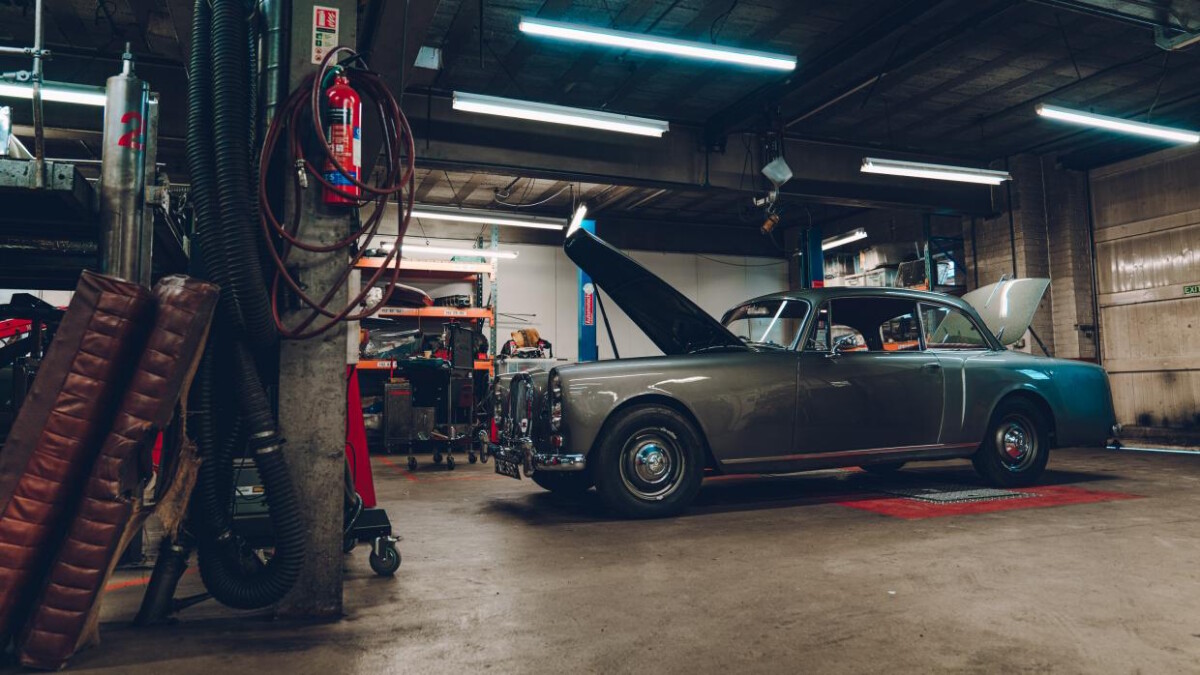
Technical innovation was abundant at Alvis. Furiously over-engineering components and using other industries as inspiration, the company lay claim to the world’s first front-wheel-drive production car, the world’s first all-synchromesh gearbox (designed at home by an intern in 10 weeks), the first use of independent front suspension and servo-assisted brakes. It also made potty straight-eight, supercharged, front-drive competition cars that were snapped up by boy racers at the time...and hated by insurers due to their backward differential then gearbox, then engine layout. In spirit then, these were the Honda Civic Type Rs of the day.
And crashed just as readily. Alvis cars were fast, too, with one hitting 192kph at Brooklands, then all other models being capable of triple figures—something that was unheard of at the time.
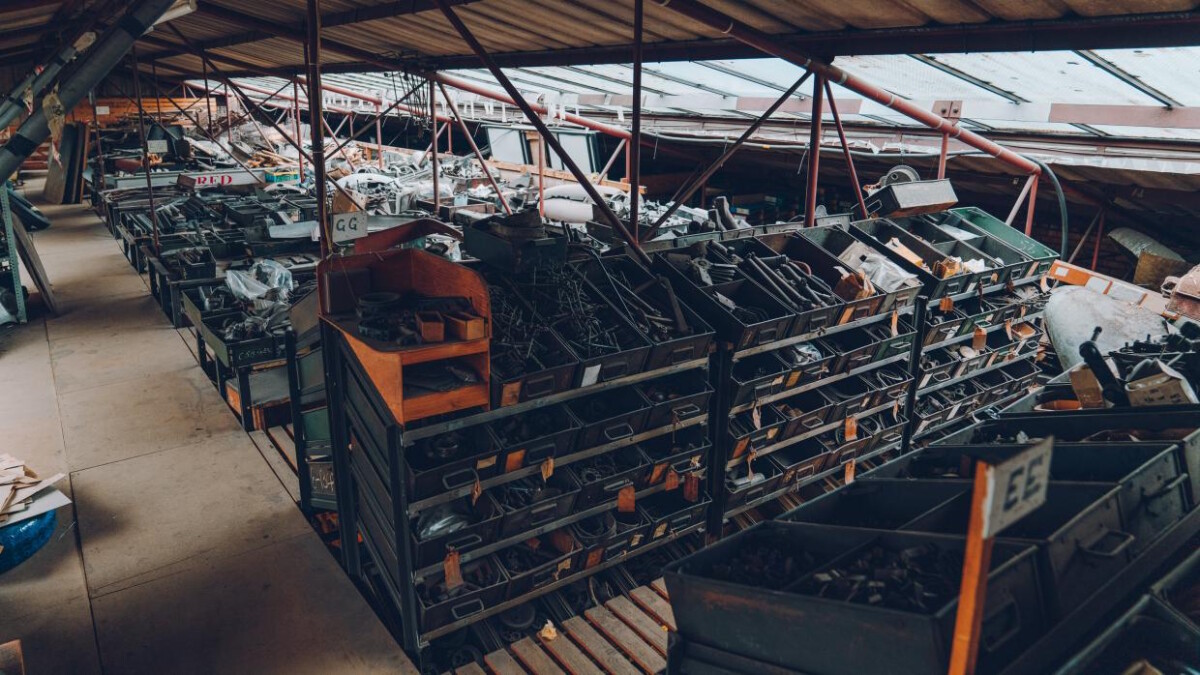
With clientele including Group Captain Sir Douglas Bader—the double-amputee flying ace of the Battle of Britain—and the Duke of Edinburgh, production continued into the ’60s with the factory at Holyhead Road covering 29 acres and employing over 20,000 employees. But the cars had to stop when different variables came into play: the fact that coachbuilders were no longer in business, the sharp rise of Japanese cars, and Alvis’ military contracts being more profitable.
So, in 1968, Alvis shut up shop, moving its passenger-car interests to Kenilworth under the name ‘Red Triangle,’ including all the quarter-of-a-million spare parts, 50,000 technical drawings, and drawers of customer correspondence.

Having produced 22,000 cars, the role of Red Triangle was to service and maintain the 20% of those still on the road. But then, in 1994, a man called Alan Stote came along.
Having always been interested in cars, as well as being a collector of various things and an enthusiast about all things 20th century history, he decided to buy the Alvis name plus all the lost stock as it was all those things he loved combined in one project. It also helped that he was an avid Alvis owner. And, having sold a manufacturing company, he had some pretty pennies in his bank account.
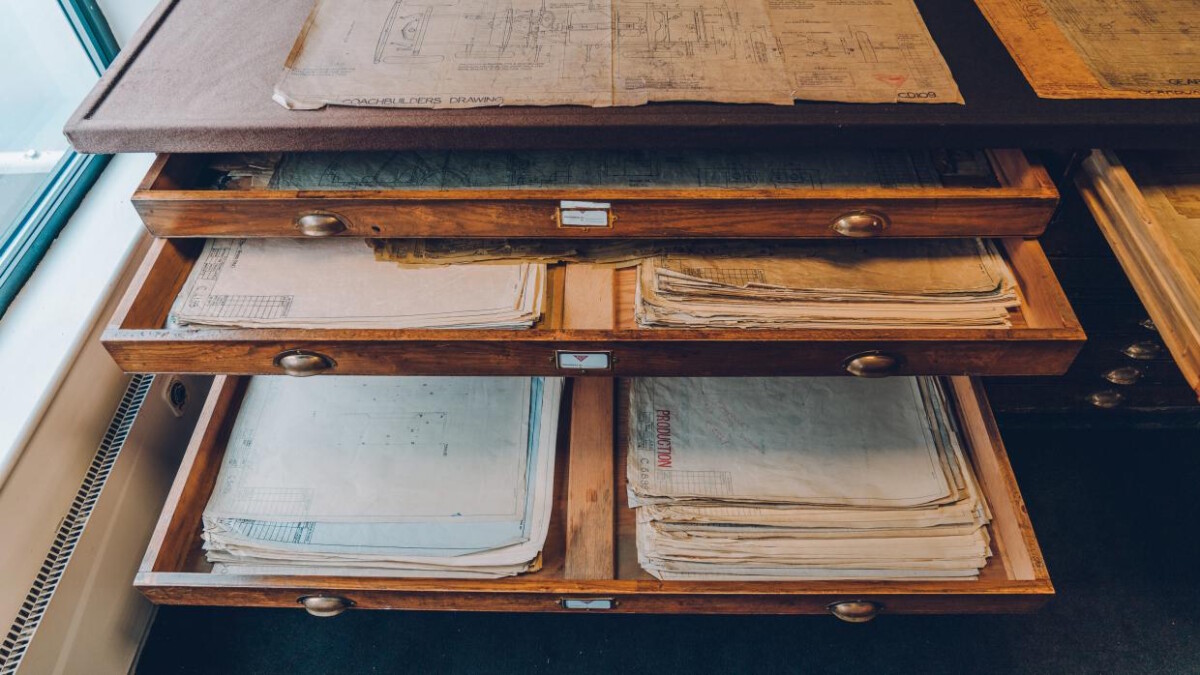
Now he had possession of all the original wax-paper drawings from the ’30s, and Red Triangle were already making most parts of the car as spares—Stote thought, ‘Why not go the whole hog and build some new ones?’ Not like an Eagle E-Type, an extra-thorough restoration/modification of an old car, but an actual new car, from the ground up.

The first thing to do to make continuations happen was to make the cars 2020-friendly. Which meant those engines that had sat in boxes for nearly 50 years had to pass modern emissions standards.
You’d think postwar 3.0-liter and prewar 4.3-liter cars would be filthy little things that’d fail miserably. Well, with the help of a former technical director from Lotus, they tweaked a few bits and got it to sail through. And to keep the regulators happy, Alvis added fuel-injection and disc brakes, rounded off a few sharp edges, put a special mount under the hood mascot so that it breaks off in an accident, and fitted discreet indicators, foglights, and seatbelts.
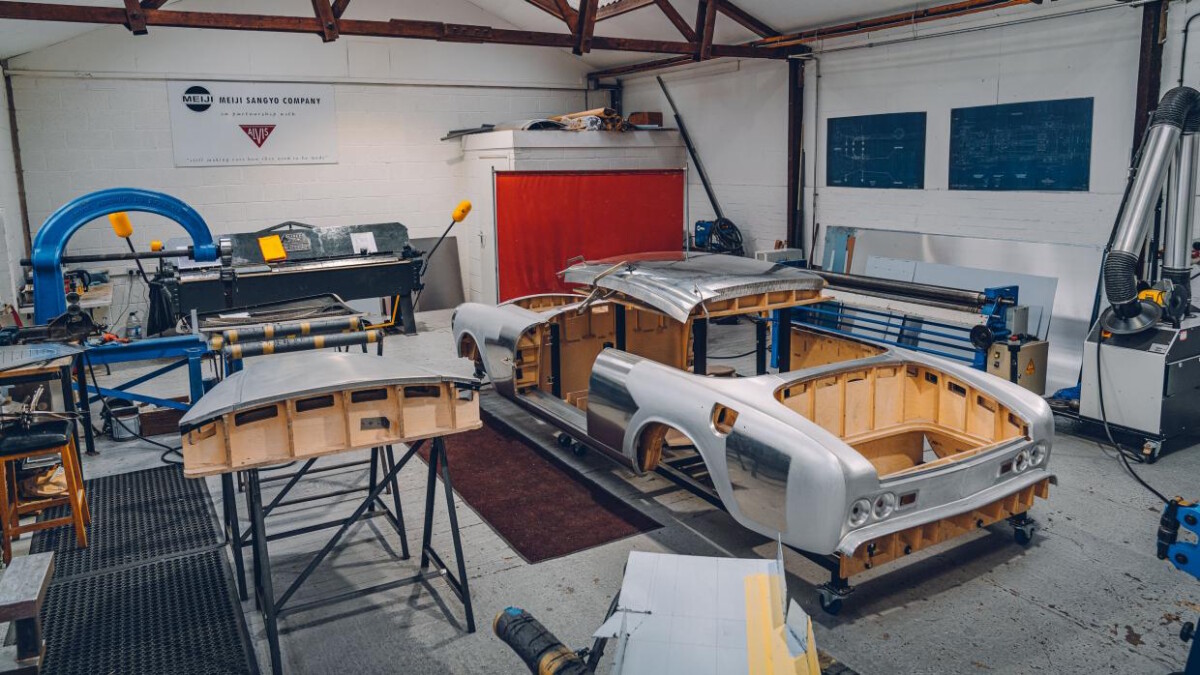
Now called The Alvis Car Company, Stote and his team started building continuation cars in 2012, offering almost entirely faithful brand-new examples of the models it had been making prewar. But it has since expanded its range of continuation cars to Alvis’ postwar 3.0-liter cars. Customers have got three body styles to choose from—Super Coupe, Cabriolet, and Drop Head Coupe—all using aluminum panels and ash frames, mounted on an original steel chassis.
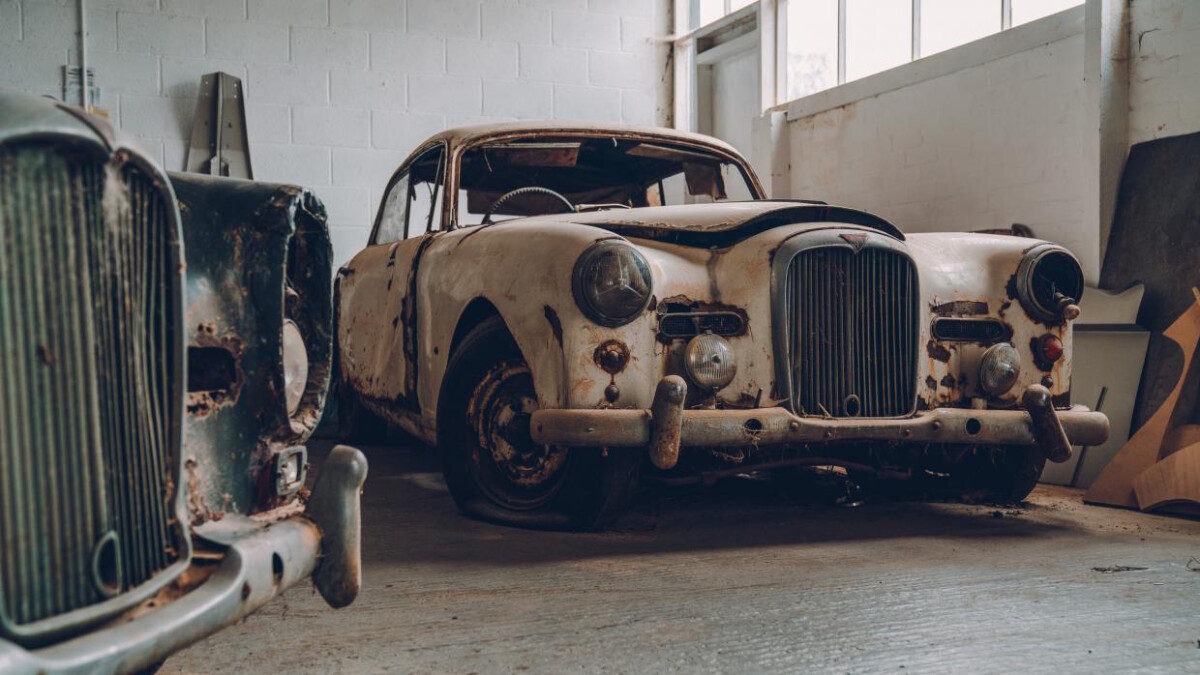
Customers have options. Lots of options. First off, to choose whether to begin a build with a donor car (either one they already own or one supplied by Alvis from this shed) or to start from scratch. Existing vehicles keep their original registration date; new builds are titled in the year they’re finished, so you’ll see a prewar car with a 70-reg plate. That’ll pretzel the brain of a few pedestrians.
After that, there are plenty of options to choose from, including different body styles, paint colors, and upholstery types. Some models are recreations of prewar cars, like the Vanden Plas, while others are rooted in the ’60s, like the Graber.
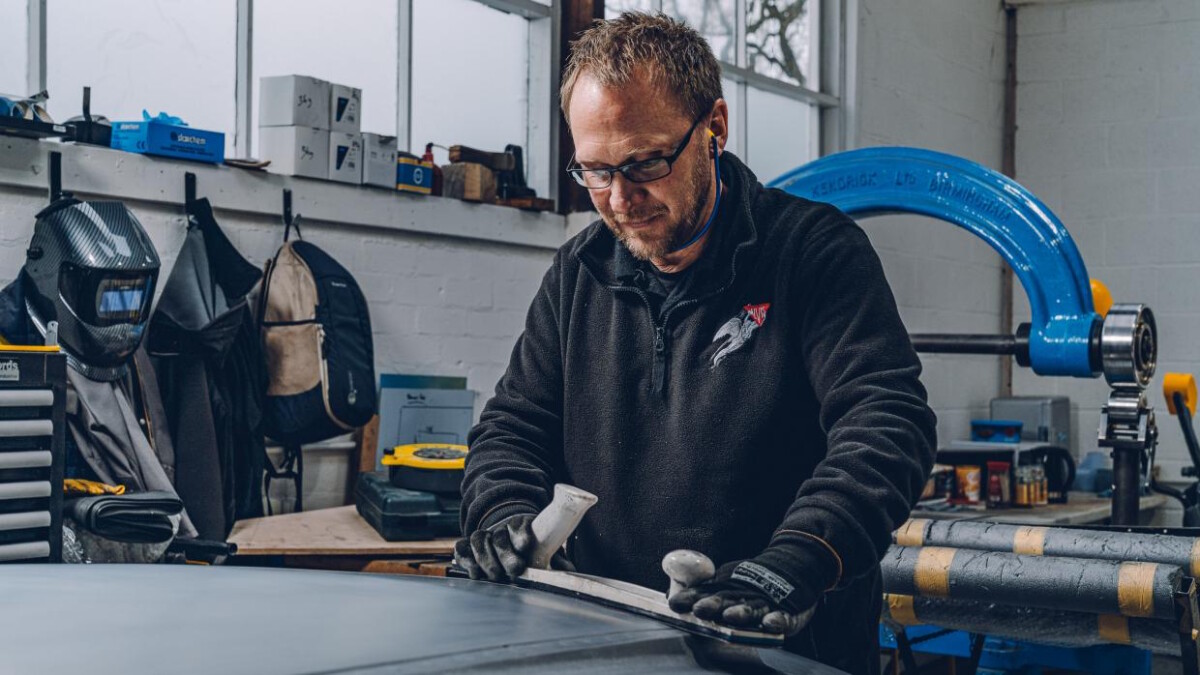
Talking of the Graber, here’s one in build. Using Stote’s own personal one-off body as a foundation, it was digitally scanned so the profiles are the same. Then a wooden buck is made out of it for the team to bash metal around—a 100-year-old skill—around 3D-printed components and jig. It’s truly old and new worlds coming together.
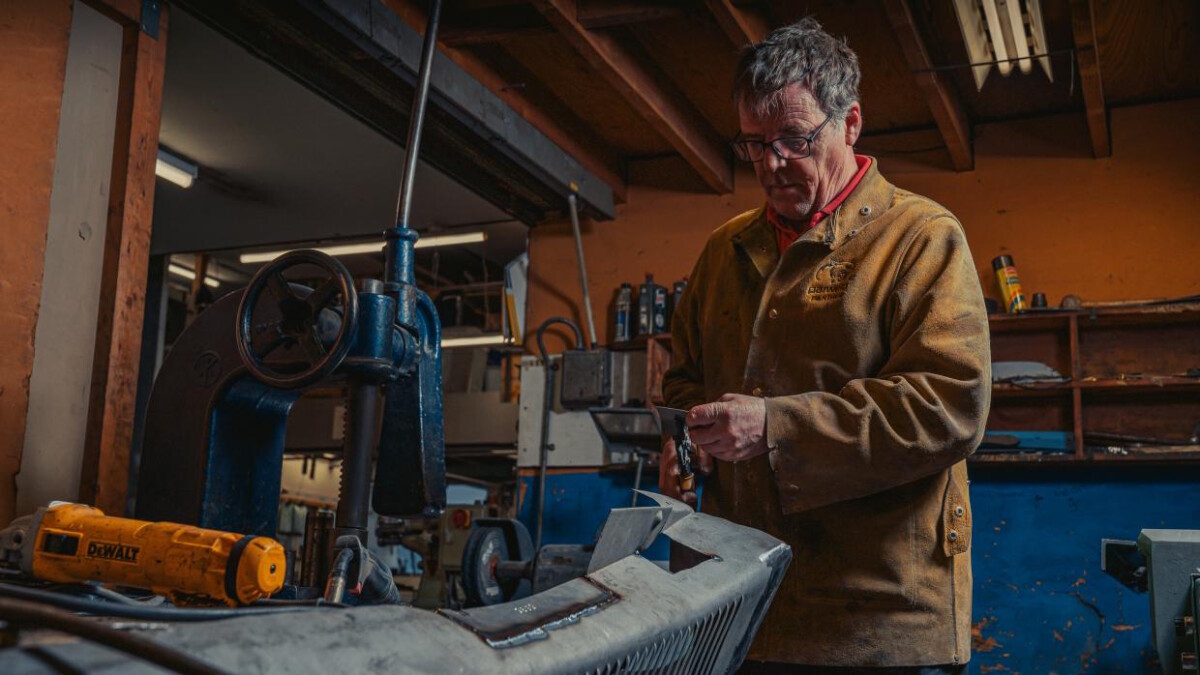
Every car is hand-assembled from start to finish—a process that requires up to 5,000 hours of labor and can take up to two years.

Above is the Aladdin’s cave of Alvis. There are 35,000 individual parts in here for a car—a quarter of a million in total. Quick fact: There’s one part that works across every model—a split pin that works in everything from a 1923 car to 1966.
This isn’t Amazon, though. There’s no automation. If they can’t find something, they just get the drawings out of the drawers and build them. Everything is exactly the same as back then. You can see the bits that come together to build a car: brand-new cylinder heads, blocks, camshafts, gear sets, pistons, cylinder heads, pumps, oil pumps, fuel pumps, water pumps, exhausts, lights, radiators... It’s a proper Lego set.
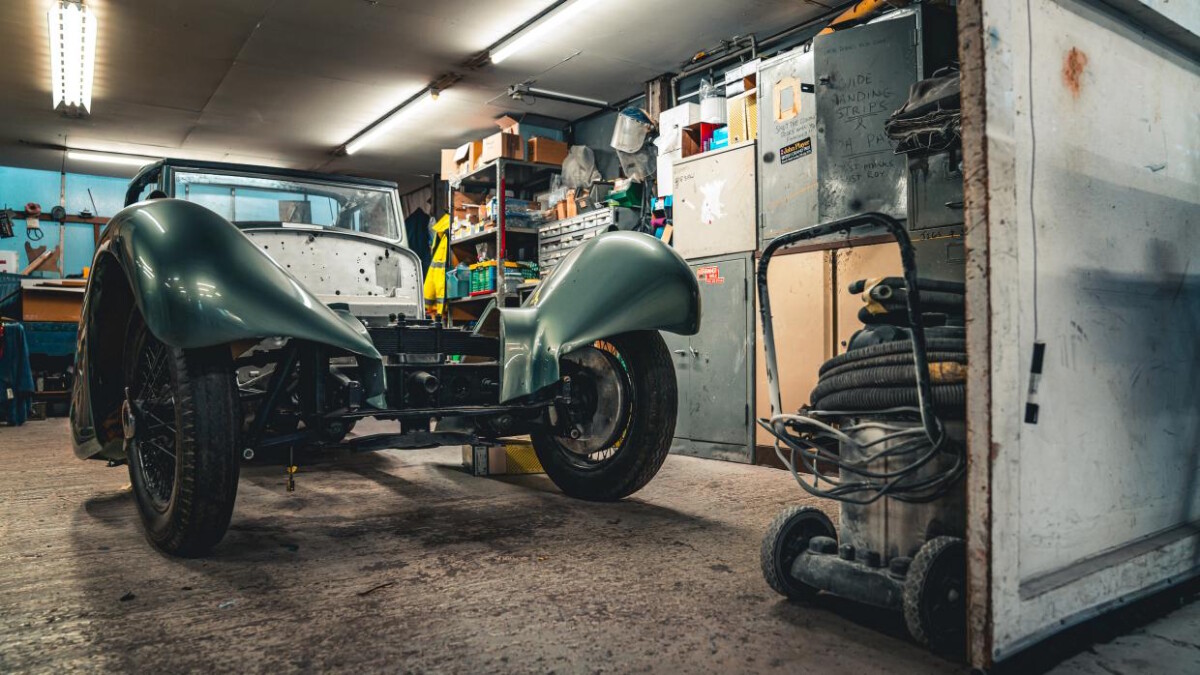
Priced at £250,000 (P16.4 million), a continuation car from Alvis costs far less than others in the same genre. Admittedly, it doesn’t have the same cache as Bond’s DB5 but at least you know it’s true to the continuation name.
More important, Alvis is a brand that’s underrated and should be celebrated—part of Britain’s history and something with a proper story. So, if that’s the sort of thing you’re into, this is the place to check out. Just tell them Top Gear brought you.
NOTE: This article first appeared on TopGear.com. Minor edits have been made.
